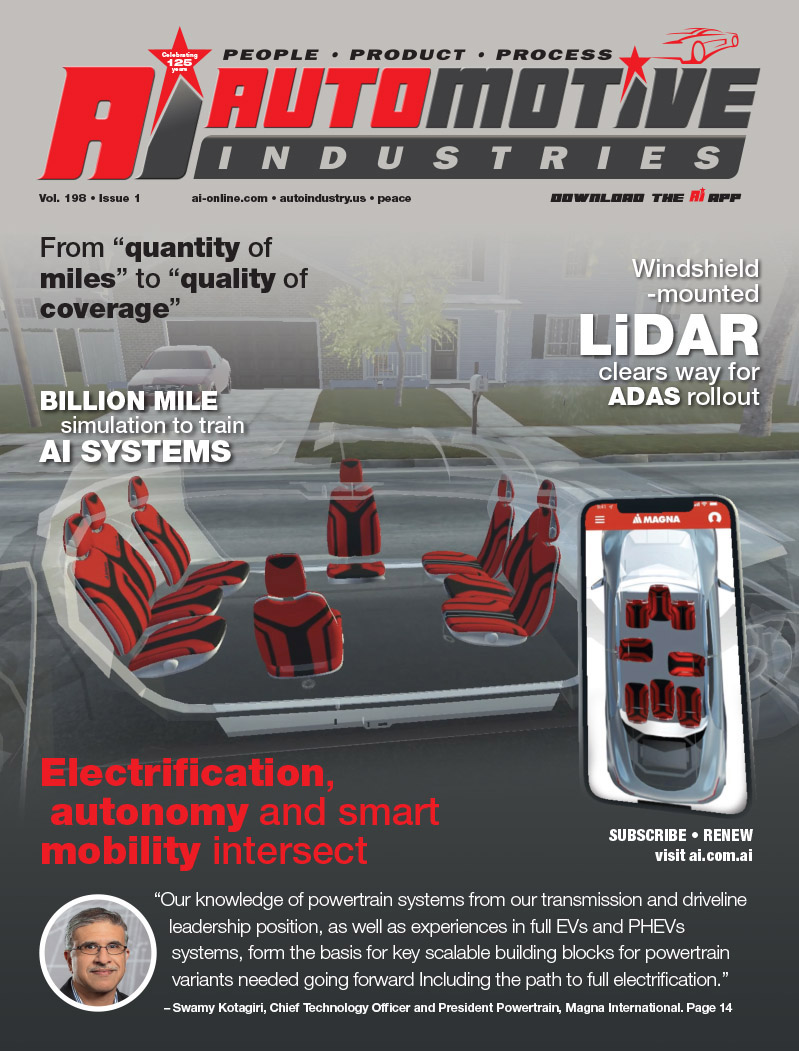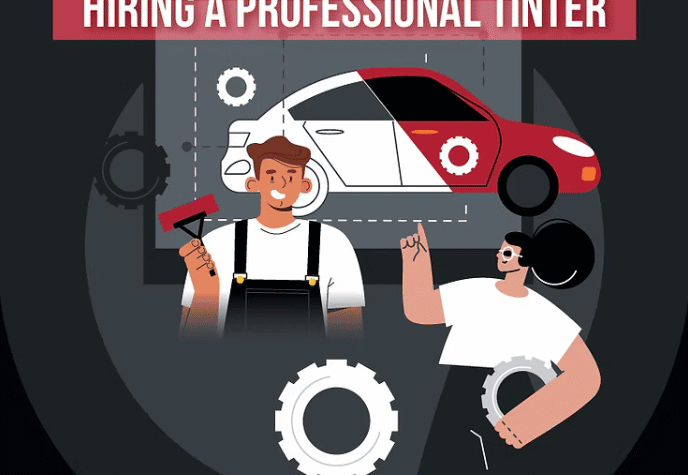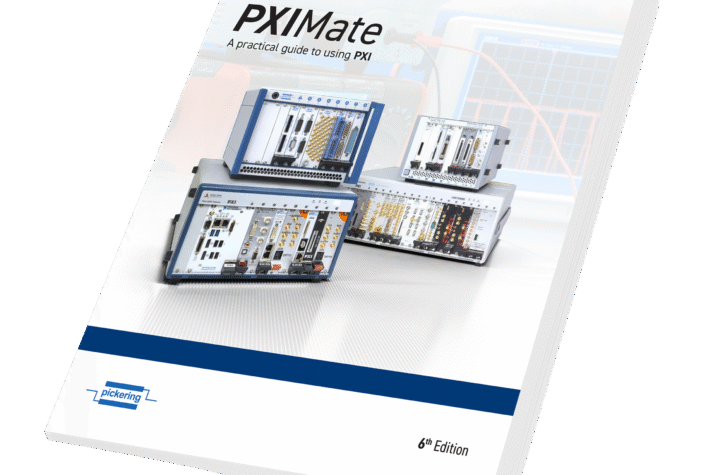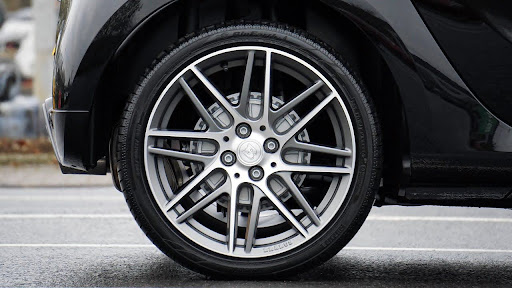
 General Motor’s ongoing restructuring of its European operations kicked off on June 18, 2004 with the announcement of management changes.
General Motor’s ongoing restructuring of its European operations kicked off on June 18, 2004 with the announcement of management changes.
Fritz Henderson was named Chairman of GME and Carl-Peter Forster, former Opel chairman and managing director takes the helm as president of GME. Forster will also sit on the Opel Supervisory Board. Hans Demant succeeds Forster as managing director of Opel while retaining his duties as vice president of engineering for GME. Brian Nesbitt, who took over as executive director of design at Opel back in February of 2004, will now oversee all design for GME including the Opel, Vauxhall and Saab brands, reporting directly to Forster.
But the changes in Europe go much deeper than just moving executives around. GME will now mirror GM North America in the consolidation of its manufacturing design and engineering functions, enabling the European brands to benefit from a global wealth of technology and buying power. GME engineers have been given the job of developing the next generation Epsilon platform, due before the end of the decade which, according to Forster, will be even more flexible than the current architecture, spawning variants for Chevrolet, Daewoo, Opel, Pontiac, Saab and Saturn, allowing them to be built in any GM facility that’s set up for the Epsilon architecture. On the product side, GM will align its once diverse group of marques into a European product family, with Saab as the premium brand, Opel/Vauxhall as the volume brand and Daewoo/Chevrolet as the value brand, though Daewoo will continue to operate as an individual entity.
 |
| The Fiat/GM-developed 1.9L diesel (above) has been fitted into the Saab 9-3. The advanced particulate filter sits on the stand in front. |
Saab’s first foray into the premium diesel segment comes in the form of the 9-3 1.9TiD sport sedan. The 1.9L turbocharged and intercooled, common- rail direct and multiple-injection diesel can be configured for either 120 hp (8-valve) or 150 hp (16-valve). It’s the same Fiat/GM-developed diesel found in the Opel Astra, though the Saab version uses its own engine management software.
Both engines share the same fourcylinder, cast-iron block and alloy cylinder head, steel crankshaft and connecting rods, dual-mass flywheel, pressure cast aluminum intake manifold and electronically-controlled exhaust gas re-circulation (EGR).
The 16-valve has twin, chain-driven, overhead camshafts and hydraulic tappets, while the 8-valve format uses a single camshaft. To keep the diesel consistent with the type of power that people expect from a Saab, 90 percent of the diesel’s torque is available between 1,760 and 3,250 rpm.
The second-generation Bosch common rail technology provides injection nozzle pressures of 1,600 bar, independent of the prevailing engine speed or load. These high pressures allow for the use of small, multiple (between two and five) injections of fuel, which in turn, improve fuel consumption, reduce engine vibration and reduce particulate buildup. The Bosch ECM continually adjusts the number, frequency and size of the injections according to engine speed, throttle setting and engine coolant temperature. Some injection pulses are separated by as little as 150 microseconds, delivering a quantity of fuel as tiny as one cubic millimeter.
The 150 hp 1.9TiD engine makes 20 percent more power and 12.5 percent more torque compared to the 2.2TiD engine it replaces and fuel consumption is improved by 12 percent. The new diesel is compliant with Euro 4 emissions regulations thanks to an advanced diesel particulate filter. The filter sits downstream of the close-coupled catalyst and includes a secondary oxidation catalyst to remove residual hydrocarbons. After the exhaust gases pass through the oxidation catalyst they enter the filter’s ceramic core made from a honeycomb of silicon carbide perforated lengthwise by a matrix of microscopic channels that collect particulates.
Saab’s particulate trap is maintenance-free and self-cleaning.
When a buildup in back pressure is detected (about every 620 miles or 1,000 kilometers) an extra burst of fuel is shot into the filter and exhaust temperatures are raised to 600 degrees, vaporizing the particulate.
The diesel is backed by a standard 6-speed manual or an optional Aisin AW 6-speed automatic gear box for the 150 hp version, a first for Saab and unique to the segment. Our 150 hp diesel test vehicle with its Aero-body cladding and 17-inch wheels and tires made for a great motorway cruiser, the engine finding a sweet spot at just under 2,000 rpm while cruising along at 75 mph per hour. The car goes on sale in August with a 6-speed automatic option on the 120 hp available in October. While Saab didn’t announce pricing, the 120 hp version will be priced similarly to the outgoing diesel model while the 150 hp version will go for a premium of €1,500 to €2,000.
 |
| The Tigra TwinTop proves that a retractable hard top can work in a small car. The vehicle was a joint-development effort between Opel and Heuliez and will be built by Heuliez in France. |
The power top goes up or down in just 18 seconds, operated by a button on the console, after releasing the two roof clasps on the headliner.
A trunk divider must also be popped into position before the top will operate, giving the driver an audible warning to let them know why the top isn’t going down. The power-only decklid operates as the roof retracts or can be opened and closed separately from inside or by a push-button mounted on the decklid.
The Tigra TwinTop is based on a modified Corsa 651 chassis with a carryover suspension that has been tuned to improve ride and handling. Power comes from either a 90 hp 1.4L or a 125 hp 1.8L Ecotec four-cylinder engine, both found in the Astra and Corsa.
Tigra comes standard with an 5-speed manual or an optional Easytronic automatic for the 1.4L.
Bach says that Opel decided against a 2+2 architecture for the Tigra because research showed that 2+2s aren’t very useful in everyday life. To make up for the lack of a “package shelf” back seat, the Tigra has a storage area built in behind the seat that extends into the trunk space. The retractable hardtop has been designed to fold down around it.
High-strength steel in the rockers and behind the front seats adds stiffness to the chassis. The aggressive design features a tall, muscular deck that sweeps aggressively into the trapezoidal Opel grille that could just as easily accept the horizontal Chevy chrome bar and bowtie. Maybe that’s why the Opel PR staff kept asking us if they thought the Tigra would sell in the U.S. Designers used a beveled shoulder line to visually cut down the height of the vehicle’s deck — the extra height needed to package the 18 motors and mechanicals for the top. Bach says that the wave-shaped sport bar survived from the initial sketches, remaining virtually unchanged through the design process. The large head- lamps are inspired by camera lenses and come in three trim levels, the highest trim level featuring black surrounds.
The interior features include a “boomerang” center console and door panels with fabric inserts that match the seats. A minimal amount of chrome adorns the door handles and the rings around the door speakers. The Tigra is a competent little city car, equally at home maneuvering through the tight little streets of Hamburg’s outlying small villages, or cruising the motorway — the only complaint coming from a mushy shifter. American’s might take to this cute little runabout, but at an estimated price of $20,000 plus, it could be a tough sell.
Daewoo may just be the bright light that GM has been looking for to help boost sales in Europe. Gunther Sommerland, managing director for Daewoo Automobile GmbH, says that GM expects a return on the investment that it made in Daewoo. “We are not quite there yet, but we are very focused on a road to success.”
Preliminary figures show a sales increase of 48 percent in the first six months of 2004 and Sommerland says that Daewoo is on track to take 1 percent of the total European market.
In Southeastern Europe, where Daewoo vehicles are marketed under the Chevrolet brand name, sales increased by 84 percent, selling 11,000 units in the first six months.
“As part of the agreement of last years sale of Daewoo to GM, GME must use the Daewoo name for some time,” says Sommerland. “They are tying in with Chevy to differentiate GM Daewoo from the other Daewoo and plant a seed in the minds of Europeans that if they decide to drop the Daewoo and make them Chevy’s, Europeans will know what they are.”
In March, GM Daewoo announced the investment of $1.48 billion for two new plants, three new programs and a diesel engine licensing and development program with Italian diesel specialists VM Motori to develop and manufacture a new series of 1.5 and 2.0L diesel engines that will meet Euro 4 emissions requirements. GM Daewoo will invest $207 million to build a facility in Korea to manufacture the engines, with production beginning in 2006. The first product to be powered by a Daewoo-built diesel will be an SUV launched in that same year.
 |
| The Nubira wagon is the latest addition to the GM/Daewoo lineup in Europe. The sporty-looking, yet economical wagon features a host of upscale standard features like automatic climate control and rain sensor for the wipers along with nearly 50 cu.ft. of cargo space with the rear seats folded down. |
 |
The wagon is loaded with features designed to appeal to this segment including three 12V outlets (two in the front, one in the rear) and 25 trays, pockets and holsters spread throughout the cabin. The 60/40 split rear seat folds down to create 49.4 cu.ft. of cargo space. There’s a choice of two 4-cylinder, 4-valve, gasoline engines, a 109 hp, 1.6L and a 122 hp 1.8L that post mileage figures of 18.3 and 17.6 respectively mated to a 5-speed manual transmission.
A ZF 4-speed automatic is optional.
The Nubira wagon also lists a very comprehensive package of standard equipment.
The top-of-the-line CDX comes with features like automatic climate control, power windows from Atlier, a 5-disc CD changer and a wiper system with rain sensor, as well as a side-curtain airbag that was developed with GM global R&D assistance — features that Sommerland says Daewoo couldn’t offer without backing from GM.
“We have found our place inside the GM family,” Sommerland says.
“Daewoo is GM’s value brand in Europe. As part of the world’s largest car manufacturer, we benefit by sourcing new products using global architectures, exploiting existing expertise, offering multi-brand opportunities and much, much more.”
Emphasizing its value brand roll, Nubira prices in Germany will range from a base of about $17,715 to a fully loaded CDX at $20,500.
Sommerland adds that 151 Opel dealers have signed on to sell Daewoo cars since March 2003. Daewoo is currently doing a city-by-city tour to help promote its products in Germany.












More Stories
What You Need to Know About Tire Pressure in Winter vs Summer
Essential Features to Look for in ADAS Calibration Systems
Your Guide to Filing a Car Accident Claim